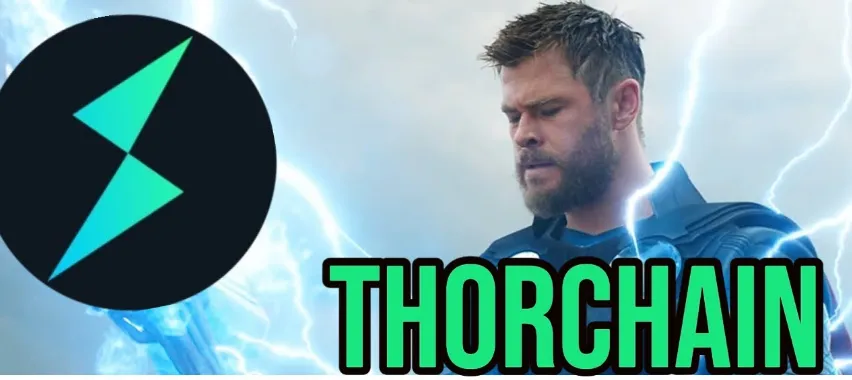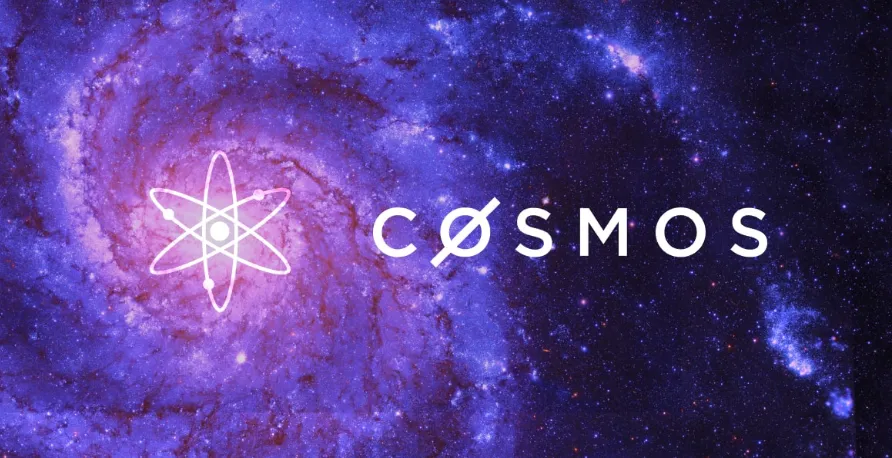In the beginning we had only Bitcoin, and while Bitcoin itself is complicated, the entire crypto space was much simpler back then.
After Bitcoin achieved some success, copycat competitors hit the scene. Most of them didn't make it. However, some of them survived, like Litecoin and Dash.
We needed a way to trade these cryptocurrencies, so centralized exchanges were created, like Coinbase and Binance.
Centralized exchanges are fast and convenient, but they have some drawbacks:
- They can be hacked, and your crypto can be stolen
- The exchange owners can meddle with user funds
- They are permissioned, and can be shutdown by an outside authority
With the invention of smart contracts in 2015, a startup called Bancor launched the first decentralized exchange on Ethereum, where users could swap one Ethereum token for another without ever losing self-custody of their funds.
However, the problem remained that if you wanted to swap Ethereum for another blockchain (Bitcoin or Litecoin, for example) you still needed to use a centralized exchange.
Then in 2018, a project called Thorchain was conceived and started working diligently to solve this problem. If you're wondering, yes, the name for this blockchain came from a movie 😉

In 2021, Thorchain launched the first cross-chain decentralized exchange, allowing users to swap assets from one blockchain to another, sidestepping centralized exchanges.
Thanks to Thorchain's success, there are several other similar projects in development now, such as Maya Protocol, Serai DEX, and Chainflip which target other markets. Could these cross-chain DEXs be the future of inter-blockchain communication?
While the concept of a cross-chain DEX is revolutionary, the problem is that integrating incompatible blockchains is a difficult and complex process. Bitcoin and Ethereum were not engineered to communicate with one another, so Thorchain had to patch them together. Adding another blockchain, like Solana for example, would add even more complexity to the system.
The other issue is that we are currently using these cross-chain DEXs to swap mainly speculative crypto assets. While Bitcoin and Ethereum were both essential building blocks to decentralized finance, their value is being propped up by the potential for spot ETFs, which contradicts the original ethos of crypto.
In a previous post we suggested that the most useful blockchains of the future will be those that are interoperable, sufficiently decentralized, scale well, and enable some kind of digital or real-world economic activity.
Two ecosystems that facilitate this kind of development are Cosmos and Polkadot. The SDKs (Software Development Kit) used to develop blockchains in these ecosystems have interoperability modules built directly into them, so swapping assets from one blockchain to another should be relatively seamless.

To name just a couple of examples, Akash and DVPN are two blockchains in the Cosmos ecosystem, and both are working on ways to reward users who roll out physical infrastructure to build decentralized compute and virtual private networks.
Another notable ecosystem is MultiversX (previously Elrond). They have implemented adaptive state sharding to facilitate communication between separate decentralized apps.
We really don't know which ecosystems will go mainstream in the coming years. Out of dozens, the above are just a few examples for you to consider.
And keep in mind that none of these solutions are perfect. For example, recently Cosmos has been having issues with IBC timeouts while moving assets from one blockchain to another. Meanwhile, Chainflip is using USDC for its cross-chain liquidity pools, meaning the pools could be frozen by Circle at any time.
At the end of the day, the will of the people to seek a lifeboat out of failing fiat is going to cause all of these interoperable blockchain ecosystems to grow. And if these ecosystems keep growing, we'll need something like a cross-chain DEX to connect them all together.
Conclusion
Bitcoin was the first blockchain, but since its inception many others have been created. Most failed, while others managed to survive.
Centralized exchanges were first used to facilitate communicate between these blockchains, but they are rapidly being replaced by decentralized exchanges.
Cross-chain DEXs patch incompatible blockchains together to allow for permissionless, self-custody trades between them.
On the other hand, interoperable blockchain ecosystems provide SDKs so that blockchains created in their ecosystems can communicate with each other natively by default.
Value will flow into interoperable blockchains with real economic activity, however we'll likely still need cross-chain DEXs to interconnect these ecosystems together.
If you found this article interesting, check out my other posts about finance and crypto on Hive, or follow me for more frequent updates on InLeo.
Until next time...